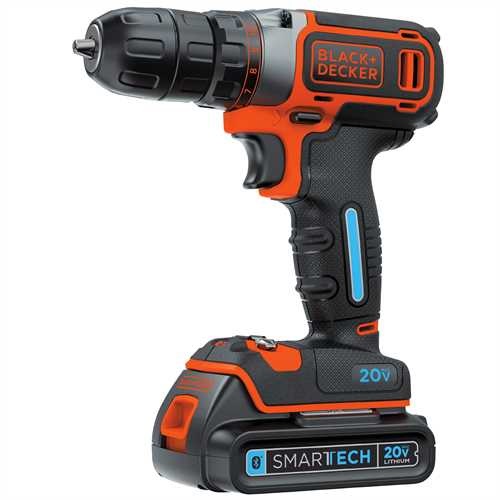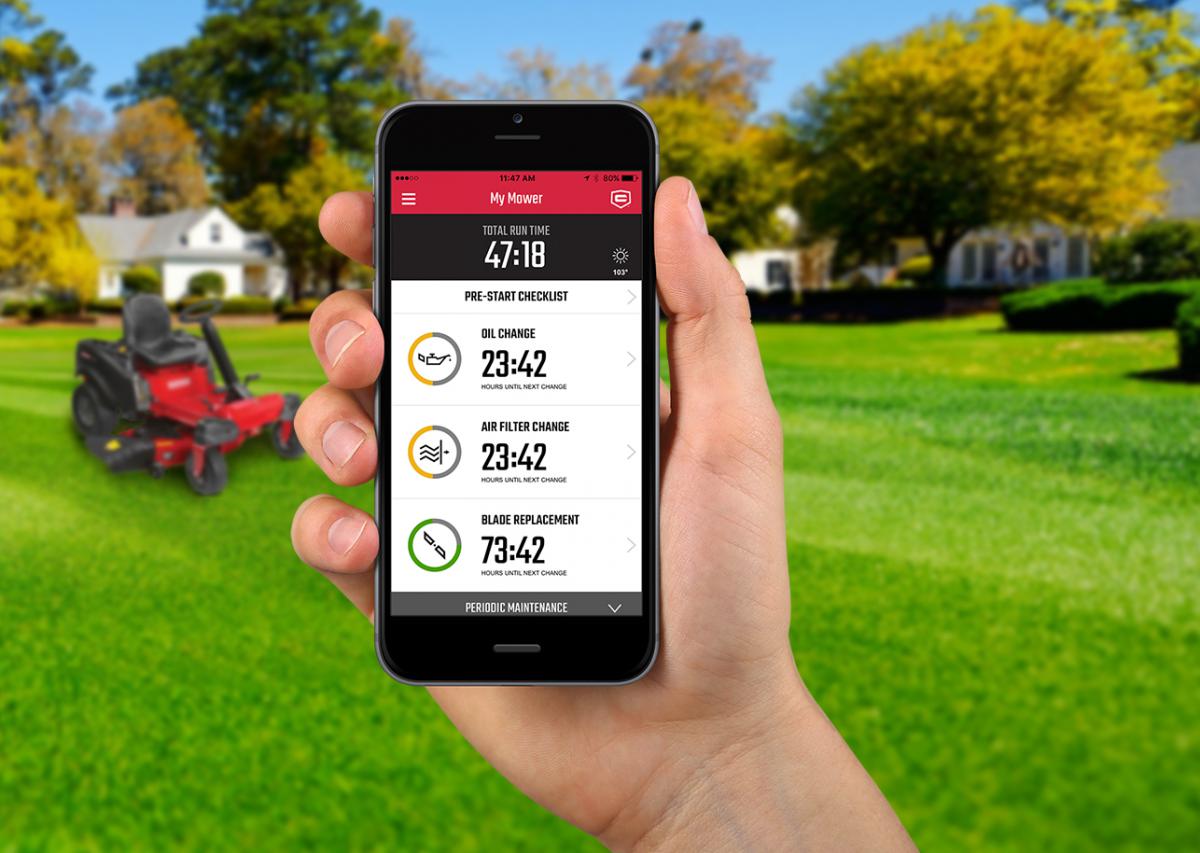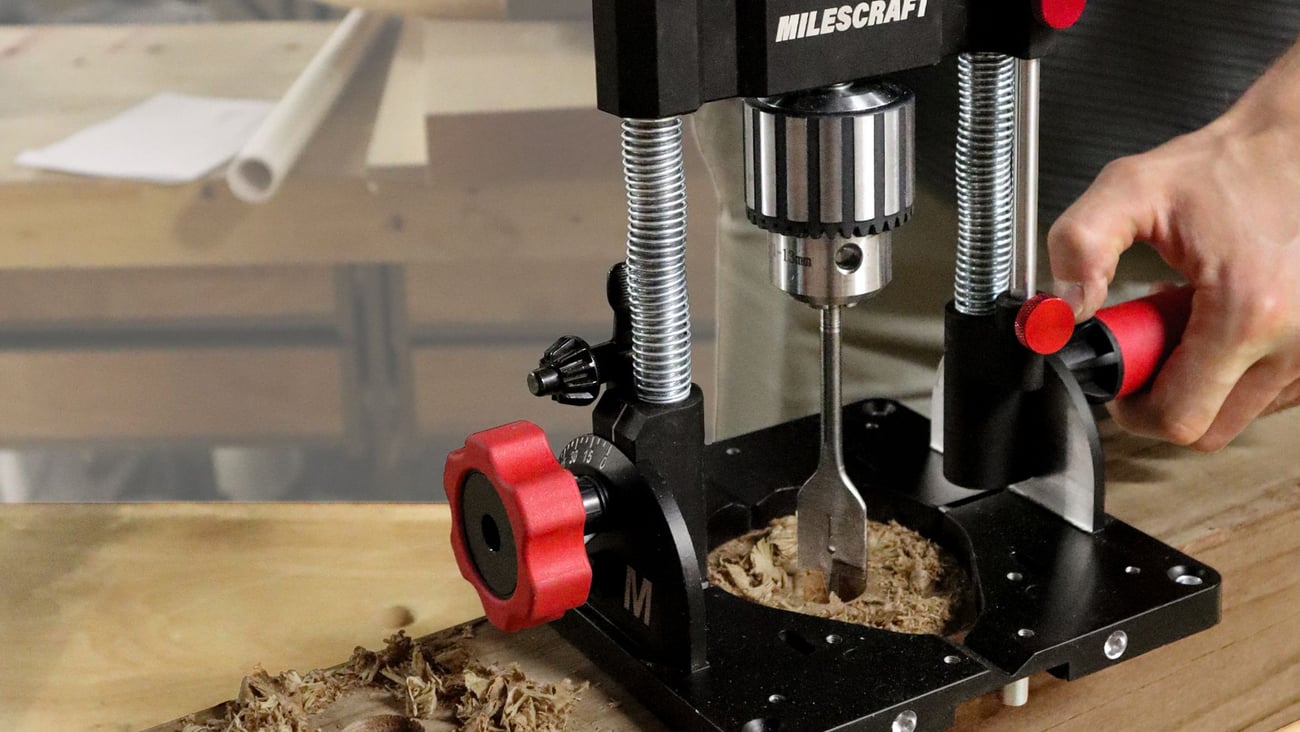In Search of: The Smartest Home in America
When we initially set out on our quest to find the smartest home in America, we already knew we were asking a somewhat disingenuous question. How do you even begin to define “smartest” when there are so many different kinds of intelligence? A net zero energy home is not the same as a high-security one, but both exist on the cutting edge of home technology. Besides, “cutting edge” is a moving target, and one that moves fast and furiously.
An assignment like this would also raise the question of whether the so-called “smart home” has truly arrived in America. There are still grave security concerns making many homeowners hesitant to implement connected features (just ask the guests at Romantik Seehotel Jaegerwirt, an Austrian hotel whose electronic key system was recently infiltrated by hackers and held ransom for a certain sum of Bitcoins).
And for all the talk of “smart home” this and “connected home” that, the market is still in its early stages. A preponderance of brands vying for attention often paralyzes those in the middle of the tech adoption bell curve, and there hasn’t been enough consolidation in the market yet for a truly integrated user experience to feel within reach.
Further still, what are the metrics you would use to qualify the smartest home in America? Is it total number of devices? User-friendliness? Comprehensiveness? Would a home with 17 simple devices be considered “smarter” than a home equipped with one or two leading-edge smart technologies?
At least one person we spoke to suggested we take a look at Bill Gates’ home. It’s been reported that the house is equipped with sensors that follow guests from room to room, adjusting temperature, lighting and music to suit their preferences. In case that weren’t enough, there are also computer screens throughout the house that can display paintings and photographs of an individual’s choice.
The Honda Smart Home is another example: It cuts water usage in half and uses 60% of the energy of a typical new home, all while leveraging a smart home control system to automate and coordinate various processes.
Jason Johnson, CEO of August Home, also leads by example with a fully connected home that allows him to seamlessly monitor lighting, security, music, temperature, entertainment and more — and all in a way that matches his daily movements (click illustration on the right to enlarge).
The logical conclusion of this search does not ultimately end in naming a superlative, however. To seek the smartest home is also to seek the conditions that would allow it to flourish — and to become a mainstream commodity that’s well within reach of the average schmo. Here, for your consideration, are some factors to consider.
Adoption is not a thing that ‘just happens’
For the vast majority of Americans, inertia is real. In fact, many homeowners don’t add their first devices until they renovate. According to Houzz, almost half (45%) of homeowners added one smart system or device during a renovation project.
David Sladack, senior VP and director of channel marketing at BrunnerWorks, believes that once we lower the barrier to entry to that first device, everything else will follow. But first, that means addressing homeowner concerns of cost, privacy, difficulty and the rapid pace at which technology becomes obsolete. Having said that, simplifying the process is easier said than done. Just ask New York City-based home designer Eric Cohler.
“I hear time and again from my clients, ‘All I want to do is sit down and push a button and watch the channels. Why do I need a tutorial? Why do I need three different devices to do it?’” he said. “I get these calls all the time from people. The machines are smarter than we are — and they’re so complicated and byzantine to learn, and that’s part of the problem. A lot of people are technophobic.”
To start, one could look to the rise of the “other” big smart trend for clues, Cohler pointed out. One of the reasons the Fitbit really took off is because the technology is distilled to the masses: It’s tech anyone can afford and use.
“[The emphasis will be on> home automation systems that take the burden away from you,” Cohler said. “Things that tell you when to change your smoke alarm battery before it chirps. I think that’s just going to grow until it eclipses a lot of the things we do ourselves.”
Greg Rhoades, director of marketing, energy management, controls and automation for Leviton, believes one of the best ways to speed up the process would be to create devices that feel natural to interact with.
“It’s become cumbersome to open your phone, open the app screen, wait for the app to load — that doesn’t seem very smart or intuitive,” Rhoades said. “Everyone is speaking to their devices, and finally, [the devices are> listening. And that’s making things smarter and more accessible to users. We weren’t born with keyboards or mics for hands — we were born with a voice box. So [voice control> is allowing users to interact with the devices naturally.”
Consolidation is pretty much inevitable
“Because the smart home tech category is so diverse — everything from security to entertainment to outdoor lighting — the confusion will only get greater until larger brands capture a broader share of the market overall,” Sladack said.
It’s possible we may already be seeing the whisperings of this movement. Samsung just released its SmartThings platform, a comprehensive system that integrates a wide variety of third-party devices.
Then there’s Nest, with its Nest Learning Thermostat, Nest Protect smoke and carbon monoxide alarm and Nest Cam Indoor and Outdoor security cameras. These devices also work with other major brands, like Whirlpool and LiftMaster (preventing the washer and dryer from running during high energy consumption hours, for example, or allowing users to keep tabs on their garage).
And, of course, Apple HomeKit. “There are so many different ways you can tap into smart tech, and so many options — it’s almost like going to the toothpaste aisle,” Sladack added. “It can be very intimidating. I think the next big wave is ‘How do we integrate all of this so it’s accessible beyond the phone app’ — something built into your wall, or a multitasking remote of sorts that sits on your coffee table.”
It’s worth noting that the savviest consumers are figuring out that they can pick and choose the best products from the connected home aisle. Then again, technology can also speed up the process of tech consolidation. According to Rhoades, many systems (especially things that used to require a system integrator or custom installer) are being replaced by the cloud.
“It doesn’t require all this crazy expensive hardware either,” Rhoades said. “It’s finally time for home automation to take off, and you can use the best products from each manufacturer to create your system. Before, you had to call someone to install [your product>. Now the end user owns the system. You can call an electrician and install it via your app. And everyone wants one app to control all of it. Hubs are here right now. Really, you’re starting to see more and more of these things go to the Wi-Fi networks.”
Location, location, location
It’s important to note the role locality plays in the unfolding drama of the smart home takeover.
For a number of reasons, there are certain markets in the U.S. that have created a more conducive environment for smart home adoption. Look at Phoenix or Dallas. According to Sladack, this can really be attributed to younger populations, new home construction (since it’s easier to prewire a home), the presence of tech-forward builders and higher income brackets. All of those factors together have created environments where connected devices are potentially even more prevalent than they are in Silicon Valley.
Look to the young, but don’t discount the baby boomers
It might be a warranted stereotype that millennials are ahead of their elder counterparts when it comes to tech adoption. But that doesn’t mean older generations are averse to smart devices — rather, their motivations are different.
According to Trifecta Research, women aged 50 to 69 own about one device on average — primarily for safety and security. There’s actually no significant difference between the average amount of devices owned by Gen Xers (35 to 49) and older millennial men (25 to 34), though Gen Xers are more motivated by lifestyle enhancements than having the latest and greatest features. And though delayed household formation among millennials might be holding the adoption rate back for now, it’s certainly coming.
Rhoades said he used to see an average home having three to five smart devices; over the past year, that number has doubled (even up to 12 devices per home).
“You have a large millennial population that waited longer in life to buy homes, get married and have kids,” Sladack said. “Those are three different milestones converging all at once. They’re not buying starter homes; they’re buying larger homes. They are tech-friendly, and that will drive the adoption rate.”
 Retail has a great responsibility to do better
Retail has a great responsibility to do better
With all this talk about manufacturers and homeowners, it’s easy to forget that consumers must acquire these products through retailers. And right now, a lot of people seem to think retailers are dropping the ball when it comes to marketing smart home products effectively.
Sladack believes the largest barrier for homeowners is installation, especially when consumers are buying from multiple brands. If retailers hope to turn customers into true believers, they should be able to clearly demonstrate the need, as well as hold the customer’s hand during the installation process.
“It’s kind of a mess out there,” Rhoades said. “You can’t just put a product on a shelf and expect it to sell. What we need to do as manufacturing and retail partners is tell a compelling story. Retailers are starting to do end caps with a lot of the popular items people are adding to light switches and thermostats, and we want all of them to work together. That helps — if someone can just walk into the store, and know which pieces work together.”
For Cohler, the key consideration is education and doing the homework so customers don’t have to.
“I think the retailer should take responsibility sometimes for the fact that they’re selling something that no one knows how to use,” he said. “The retailer could provide a service. Like the Zagat guide.”
“I think that the consumer wants empowerment,” Cohler continued. “I want to be empowered to use the different devices — and the only way I’m going to be empowered is through education. But I don’t have hours to put in a class. So I need someone to spend an hour with me and walk me through a tutorial with my family. It will also cut down on the retailer having to make return calls to the homes to show them how to use things again and again. If we’re educated as consumers, we’re going to be more sophisticated and become better customers.”
There is always a new frontier
Right now, that frontier could be anywhere ranging from water control (allowing users to control pressure, temperature and flow rates) to infrared, motion detection and biometric locks that respond to fingerprints. According to Tom Kerber, director of Internet of Things strategy at Parks Associates, there are even toilets being developed that can monitor your health. “The traditional form factor and capabilities of lights, smoke alarms and network cameras are changing,” he said.
Some examples: combined sensor products that would allow smoke detectors to confirm the existence of a fire, or a smoke alarm/security camera in one, or virtually any product that’s leveraging video and voice analytics these days.
“The runway for voice and video analytics is long,” Kerber said. “Just as sight and hearing are indispensable human senses, they will also become indispensable features in nearly every product category.”








